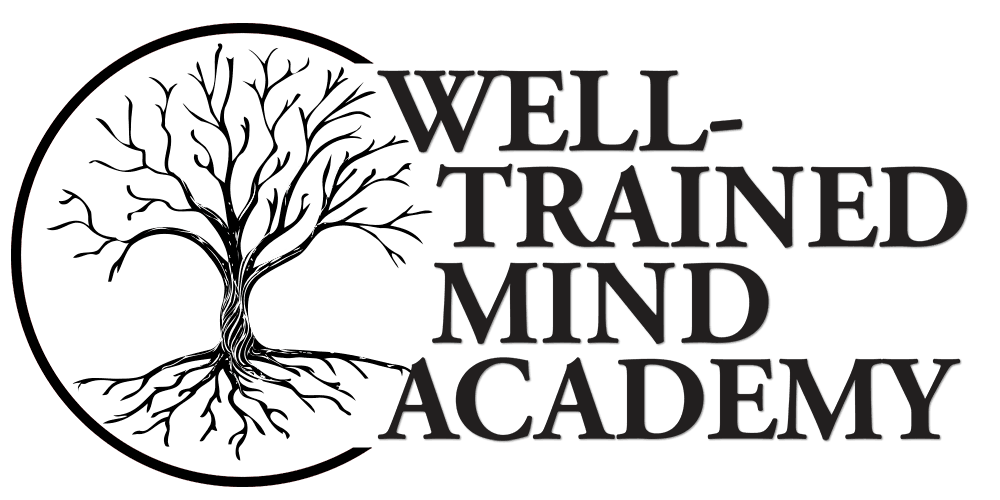Learning Styles vs. Learning Preferences: What You Need to Know to Help Your Learner

“I learn best when I have lots of pictures,” someone might say. “I need to read the directions first; I’m hopeless with watching videos,” another person might say.
Ask three different people about how they learn best, and you’ll likely get three different answers. These understandings of how we learn are supported by the many assessments that determine what kind of learner we are: there is Walter Burke Barbe’s VAK (Visual, Auditory, Kinesthetic), the model developed by the National Association of Secondary School Principals (know as the NASSP model), and Neil Fleming’s VARK (Visual, Aural, Read/Write, and Kinesthetic), to name a few.
Contents
Debunking the Learning Style Myth
It might surprise you to learn that the idea of learning styles (the idea that we learn best with one approach as opposed to another) has been thoroughly debunked by researchers. Scholars such as Lynn Curry, Doug Rohrer, and Harold Pashler, have found that we learn equally well if we listen to a lecture, watch a video, or build a model. These researchers, among others, find that individuals retain the same amount of information, whether they’re using the modality they say helps them best learn or not. The students in the examples above may indeed prefer to learn in a particular way, but that doesn’t mean that they learn better through a particular modality.
If the research on learning styles has been debunked, why should we care?
Learning Preferences
Rather than talking about learning styles, it’s more helpful to think about learning modalities, or learning preferences. These learning preferences can make a big difference in how open an individual is to learning about a new topic. When an instructor is considering how to split up a 50 minute class meeting, or a student realizes they’ve reread the same paragraph over and over again and still doesn’t grasp the meaning, consideration of different learning modalities could provide important new perspectives that might help the new information “click.”
We do know that learning happens when students encounter the same information through a variety of modalities, rather than only being approached through one method (only listening, only reading, or only doing, for example). And if learners prefer one modality over another, and they always give preference to that modality, then they may be missing out on opportunities to see information in a new way.
Here’s a brief introduction to the modalities mentioned, how they might be incorporated into your teaching as a homeschool parent, or how they might be included in your student’s coursework.
A Visual Approach
Any visual (a graph, chart, map, or diagram) conveys information differently than a written paragraph might. A student reading that the number of diagnosed cases of a viral infection doubles every five days may comprehend that information easily, but seeing the graph rise exponentially might drive that fact home. Similarly, reading about a battle may be helpful for describing what life is like on the battlefield, but it may be difficult to picture just where that frontline was drawn, or how the line moved over time. A map can convey this information quickly and succinctly and takes away the guesswork of the reader who might struggle to remember where a line two miles south of a town and running to the east might be.
Listening and Speaking
The now-debunked VARK defines those learners who learn best through hearing and speaking as auditory learners. While it’s unlikely that someone learns best by listening to a lecture on its own, the ability to listen to a lecture and also repeat information (speaking is part of the auditory learning preference) is key for communicating, whether in a classroom or work environment. Students who practice taking information, choosing what to present, and how to present it, make use of the auditory mode. Similarly, students who listen to a lecture, think about what they’re hearing, and take notes on the most important information will remember information far better—in more detail and for longer—than their colleagues who simply listen.
Learn by Doing
Folks who prefer kinesthetic learning tend to be doers; they might watch a video on YouTube that shows how to replace a washer on a sink and then do it themselves. After they’ve done this a few times, they can do the task practically in their sleep! In this example, as with practically every other example, you’ll note that there are few learning examples that only draw on one modality. Most kinesthetic learners are reading instructions, listening to someone talk them through the steps, or watching a video first to understand what they’re doing. None of those means of providing information are kinesthetic; it’s the execution, or checking to see that a thing can be completed, repaired, or made that provides the proof that something has been learned.
As a result, with certain topics and learning goals, a kinesthetic approach is a great way to test knowledge that’s not just theoretical, such as a driving test where a 16-year-old gets behind the wheel, in addition to taking a written test they take at the DMV.
Learning Preference, Not Learning Style
So what’s the takeaway? The research is pretty clear that learning styles as they are popularly known don’t exist. However, that doesn’t mean that students don’t have ways they prefer to learn, or that any learner will be open to acquiring new information through any delivery method. What’s key is that instructors don’t rely on one single style during a class session. This allows students to approach course material using a number of modalities and that they have more opportunities for the information to “click.” The variety of presentations also allows students to learn information more effectively and deeply.
Further Reading:
Bruff, Derek. “Learning Styles: Fact and Fiction — A Conference Report.” Vanderbilt Center for Teaching. January 28, 2011. https://cft.vanderbilt.edu/2011/01/learning-styles-fact-and-fiction-a-conference-report/
Pashler, Harold, Mark McDaniel, Doug Rohrer, and Robert Bjork. “Learning Styles: Concepts and Evidence” in Psychological Science in the Public Interest. Volume 9 Number 3. December, 2008. Pages 105 – 119. https://www.psychologicalscience.org/journals/pspi/PSPI_9_3.pdf
Nancekivell, Shaylene E., Priti Shah, and Susan A. Gelman. “Maybe They’re Born With It, or Maybe It’s Experience: Toward a Deeper Understanding of the Learning Style Mth. Journal of Educational Psychology. May 30, 2019. Volume 112, Number 2, pages 221-235. https://www.apa.org/pubs/journals/releases/edu-edu0000366.pdf
